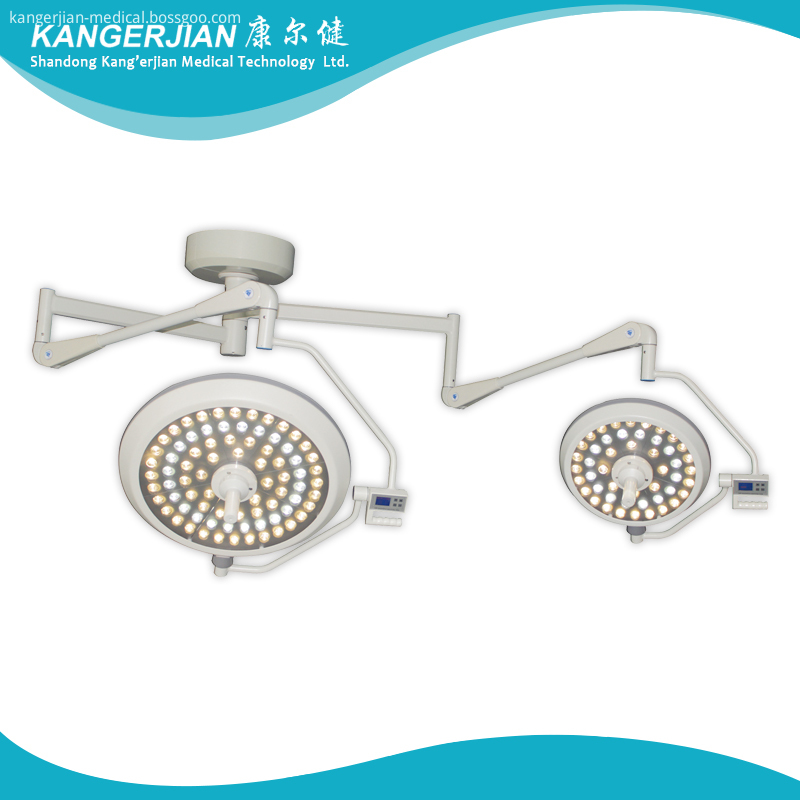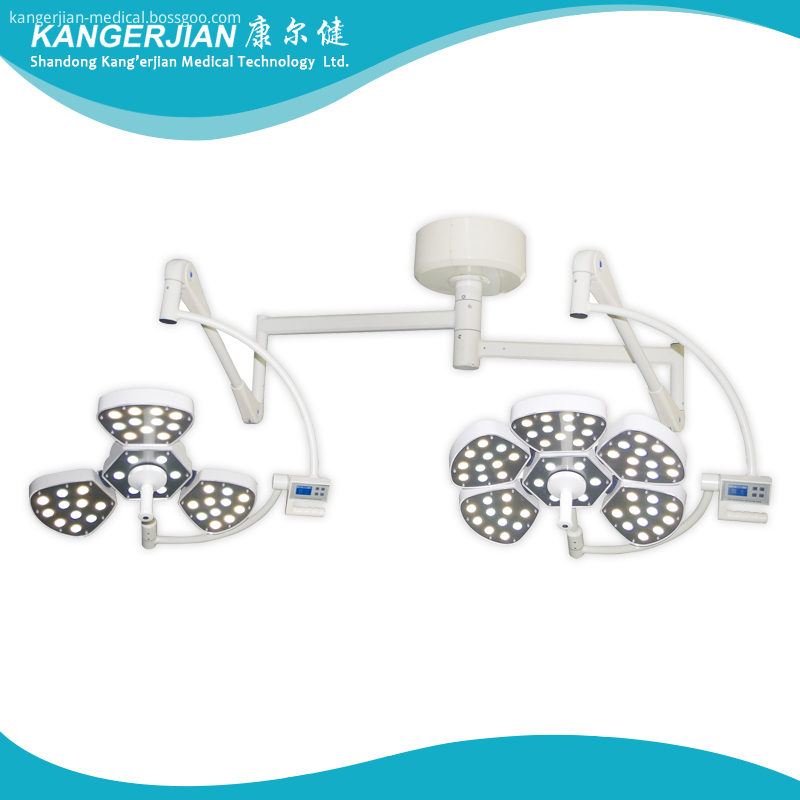Peanut Sulfide Symptoms and Correction Symptoms of sulfur deficiency in peanuts: The new leaves are small and yellow, the color of the main veins around the leaves becomes lighter, and sometimes the old leaves remain green; the petioles of the sulfur-deficient plants tend to stand upright, the three leaflets show a “V†shape, and the plants are short. Peanut sulphur content According to Cheema and Avora (1984), the critical value of sulphur content in peanut plants is 0.20%. Singh (1991) reported that the critical value of sulfur content in peanut plants grown for 60 days was 0.24%. Peddy et al. (1988) reported that the critical value of sulfur content in peanut leaves was 0.23%. The critical value of soil available sulphur in peanut field: calcium chloride (0.15%) extraction method is 10 mg S/kg; hot water dissolution method is 11 mg S/kg. Correcting peanut sulfur-poor peanut sulfur fertilizers is usually 20-50 kg sulfur/ha. In Bangladesh, India, and several African countries, there is a significant increase in sulphur application in peanuts. According to China's seven test statistics, the increase rate of peanut pods was 5.0%-14%, with an average increase of 8.3%. In Bangladesh, the application of 30 kg of sulphur per hectare resulted in a 21%-25% increase in yield. In India, when applying 41 kg of sulphur per hectare, per kilogram of sulphur can increase production of 6.8 kilograms of mangosteen, while increasing the oil content of peanuts by 5.1%. In countries such as Togo, Senegal, Niger and Benin in Africa, when the sulphur fertilizer dosage is 12-30 kilograms of sulfur/ha, the rate of increase of peanut pods is 5.7%-45%, with an average increase of 20%. Tobacco Sulfur Symptoms: The new leaves are uniformly light yellow-green, while the old leaves remain green, and then develop to yellowing the whole plant. The leaves are small and the internodes are short. Sulfur content of tobacco plants The sulfur content of tobacco plants below 0.15% is sulphur deficiency and sulphur content between 0.2% and 0.3% is normal. According to a study by Wedin (1958), the sulfur content of tobacco leaves was in the range of 0.18%-0.53%, which had no significant effect on the combustion performance. Correcting sulfur deficiency in tobacco In the grey alluvial soil in Rangpur, Bangladesh, the sulphur consumption of tobacco is generally 30 kg of sulphur per hectare. With the application of sulphur fertilizer, the yield of flue-cured tobacco increased from 2.1 tons/ha to 2.3 tons/ha. Symptoms of sulfur deficiency in sugar cane: The young leaves show a uniform yellow-green color, and the old leaves also appear light green or yellow. The edge of the green leaf can be reddish, the leaves become narrower and shorter, and the stem is short and thin. Sulphur content in sugar cane Sulfur content in sugarcane is less than 0.13%, which is sugar-deficient sugar cane; 0.2%-0.3% sulphur content is a normal plant. The critical value of available sulfur in sugarcane land is: 20 mg S/kg extracted with ammonium acetate (0.5 mol/L) + acetic acid (0.25 mol/L). Correcting sulfur deficiency in sugar cane In Bangladesh, Brazil, India, and Madagascar, sulfur production from sugarcane has a significant increase in production. The application of sulphur fertilizer in sulfur-deficient areas not only increased production by 20%-30%, but also increased its sugar content. In Guangxi, China, sucrose fertilizer production increased 29.0%. India uses 15-20 kilograms of sulfur per hectare in sulfur-deficient areas to increase sugar cane production by 13%-19%. Usually, the amount of fertilizer applied in the sugarcane field is 20-40 kg of sulfur/ha, which is used as base fertilizer or top dressing. Sulfur deficiency symptoms and correction in cotton Symptoms of sulfur deficiency in cotton: The new leaves are yellow, and the color of the veins between the veins becomes lighter, while the veins remain green and the petioles become red, and sometimes the old leaves remain green. Sulphur content of cotton plants When the sulfur content of cotton plants is less than 0.25%, it indicates that the cotton lacks sulphur. When the sucrose content of cotton plants is 0.3%, it is normal. When the sulphur content of cotton plants is higher than 0.35%, it is rich in sulphur nutrition. . Correcting the lack of sulfur in cotton In countries such as Benin, Togo and other African cotton-planting countries, the effect of sulfur fertilizer is significant. The amount of sulfur fertilizer is usually 25%-33% of the amount of nitrogen fertilizer. The sulphur consumption of cotton in the southern United States is 9-36 kg sulfur/ha. In India, sulphur fertilizer is applied to cotton, and the yield increase ranged from 18% to 49%, with an average increase of 33%.
Imported French lens
mould Die-casting Eight edge type Revolving arm
Each LED can be replaced individually, which guarantees maximum economy.
Configuring lightweight balance arm suspension system ,six groups universal joint linkage ,mobile, lightweight positioning and stablibity .A 360°all-round design ,can meet the need for surgery in different heights and angles.
color temperature constant, soft, very close to the natural sun light.
The use of liquid crystal display button control, to meet the needs of the medical staff of different patients with the brightness of the operation.
LED Operating Light,Portable Operating LED Light,Surgical Operating LED Light,LED Surgical Light Shandong Kang'erjian Medical Technology Ltd. , https://www.operatingtable.nl
Tobacco Sulfide Symptoms and Correction
Sulfur deficiency symptoms and correction in sugarcane


